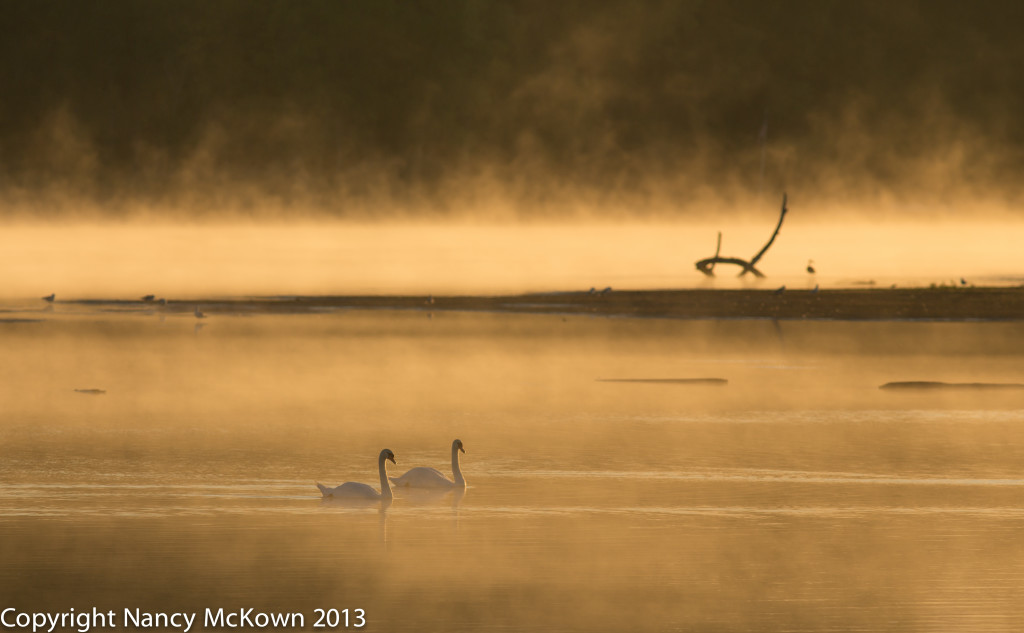Understanding Natural Light in Photography
I wanted to try another early morning shoot. Early morning means being on site with tripod setup before the sun rises. I allowed plenty of setup time and brought a flashlight.My previous experiences with early morning photography focused on photographing birds perched on branches with blurred foliage in the background.
I set up my equipment in the darkness and pointed my camera toward the lake, where I had an unobstructed view of the pre dawn horizon. My goal was to photograph waterbirds during the golden hour.

The Golden Hour of Natural Light Photography
The “golden hour” refers to the light in the first hour of the day right before and shortly after the sun rises and last hour of the day right before and shortly after the sun goes down. This light is referred to as magical because it is rare. It does not appear with every sunrise and sunset and certainly doesn’t last a whole hour.
You will know you’ve experienced the golden hour because the scene will be bathed in saturated colors and a golden glow. The diffused light and long shadows will bring out the details in your subjects. If you can position yourself and your camera so this light hits your scene at an angle, you can add depth and texture to your photos.
Photographers’ Tools
There are many phone apps out there that are basically sunrise/sunset calculators for any location, so you can pre plan your photo shoot to determine optimal times for the best lighting. Some of these apps also include how and where exactly the sun (and moon) will be in the sky for any time of day for any location on earth.
These tools have no way of gauging if the light will be magical or not. In fact, there’s a very good chance that after your early morning scramble to be at the right place at the right time, the light will be flat, dull and uninspiring.
Photographing Swans on the Lake
The camera sees light differently than the human eye. When I focused my lens on the swans on this particular morning, I saw the steam coming off the water. I did not see the soft, luminous golden hues that add so much to this photo. The sun was not visible, but its rays were low on the horizon. The humidity that morning was heavy and probably had a hand in dispersing the light rays.
When I got back home and loaded the digital files into my post processing software (Lightroom), I could see that I had approximately 6-8 minutes worth of photographs taken during this golden setting. (NOTE: Even within this 6-8 minute window of great light, the light changed minute by minute.) Before that time, the photos were dark and shadowy. After that time, the light became more directional and contrasty. The magic was gone.
Planning and Practice to Better Understand the Impact of Light
The biggest factor that can make or break a photo is the quality, intensity and angle of light. With natural light, you can create mood and emotion in your photos.
Photographers must learn to recognize what constitutes bad, good and great lighting in their photographs. Is the light pleasing? Does it evoke an emotional response? What is it about that photo that makes you want to look at it again and again?
Good photography is about light. It takes lots of planning and perseverance, and lots and lots of practice. And sometimes you have to be out every single day and just keep hoping that you and your camera will capture all the potential the golden hour has to offer.









